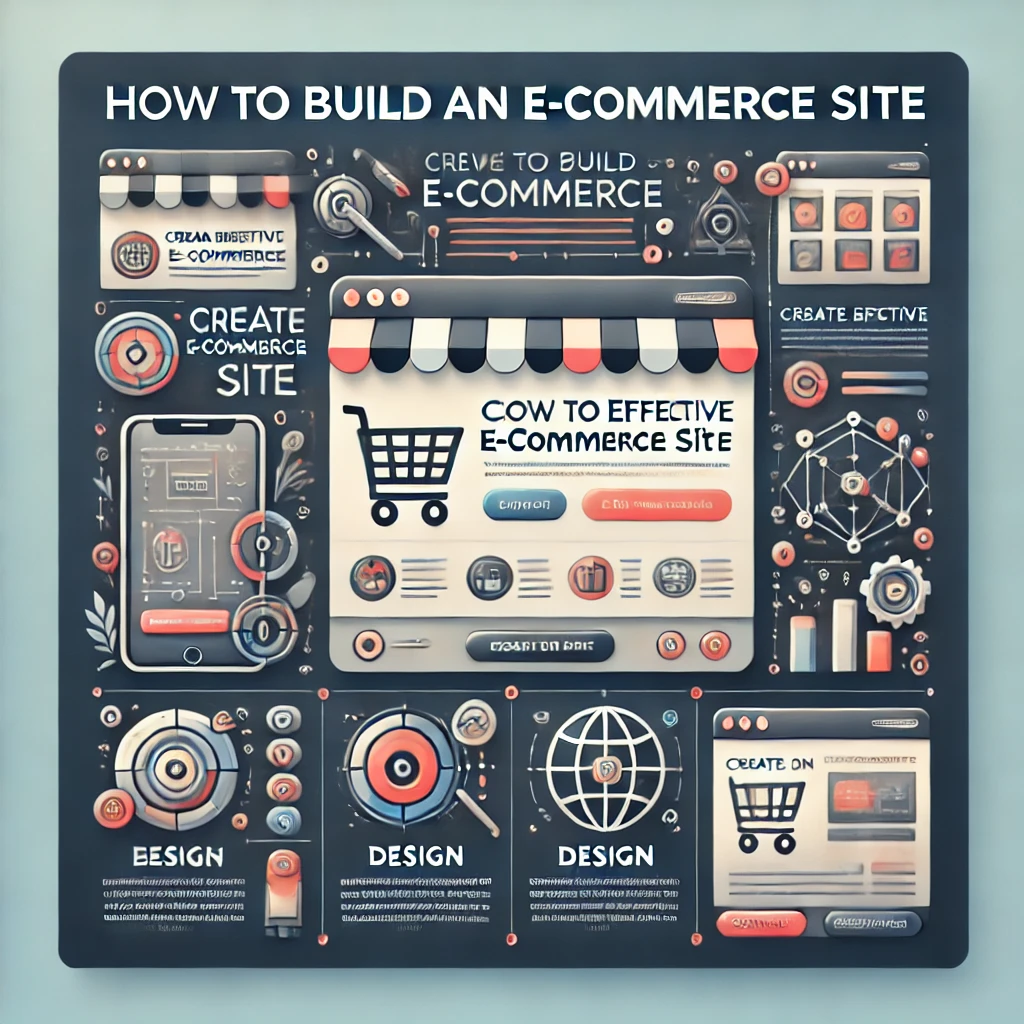How to Build an E-commerce Website** – A guide to creating an effective e-commerce website for businesses, covering essential tools, design, and user experience considerations

How to Build an E-commerce Website
Creating an effective e-commerce website involves several key steps, focusing on tools, design, and user experience. Here’s a simplified guide:
1. **Choose the Right Platform**:
– Platforms like **Shopify**, **WooCommerce**, or **Magento** offer easy setup and customization options for businesses of all sizes.
– Consider whether the platform supports essential features like payment gateways, inventory management, and customer support.
2. **Design for User Experience (UX)**:
– **Navigation**: Ensure easy navigation with clear categories, search functionality, and a simple checkout process.
– **Responsive Design**: Make sure your website is mobile-friendly to reach a broader audience.
3. **Product Pages**:
– Include **high-quality images**, detailed descriptions, and customer reviews to provide value and build trust.
– **SEO**: Optimize each product page with relevant keywords, titles, and meta descriptions to boost visibility.
4. **Security and Payments**:
– Use **SSL encryption** for data protection and offer multiple secure payment options like credit cards, PayPal, and digital wallets.
5. **Essential Tools**:
– **Analytics**: Use Google Analytics or a similar tool to track visitor behavior, helping you improve the site.
– **Email Marketing**: Integrate tools like Mailchimp to send promotions, updates, and follow-ups to customers.
6. **Testing and Launch**:
– Test the website thoroughly to identify any glitches or broken links.
– Once everything is ready, launch your site with a marketing plan to drive initial traffic.
By following these steps, you’ll create a user-friendly, effective e-commerce site that attracts customers and drives sales.





